
The product of a technique that originated in the West, enamel is a coating applied to materials such as metals by firing enamel glaze with glass compounds, and has widespread applications ranging from everyday items to the finest works of art.
With its unique sheen and warm feel, enamel creates a captivating watch dial with beautiful color fidelity that can last more than a hundred years.The union of Seiko watches and enamel, both long-admired and enduring creations, holds value that will endure across the generations.

A veteran craftsman, Mitsuru Yokozawa began working with enamel in 1968 when he joined Fuji Porcelain Enamel Co., Ltd. By applying quantifiable data to the techniques he has cultivated over more than 40 years, Mr. Yokozawa has succeeded in increasing the reproducibility of high-quality craft techniques.
He has also developed visual acuity that allows him to work with coated surfaces measured in fractions of a millimeter.
While most small enamel products measure in the range of 10cm2, the dials used in Seiko watches are significantly smaller at 3cm in diameter. They also impose challenging limitations due to their thickness and evenness. Mr. Yokozawa is the only craftsman in Japan capable of applying enamel to a substrate as delicately crafted as a Seiko dial.

In this step, metals such as copper and iron are cut, stamped, shaped, and welded to create the basic shape of the dial. The iron used in Seiko watches is produced in a separate factory and sent to Mr. Yokozawa.
The dial base is first coated in oil to prevent oxidation. The oil is removed in the pre-treatment stage and the dial undergoes an acid wash, nickel treatment, and neutralizing treatment. This critical step can have a lasting impact on the quality of the enamel product.
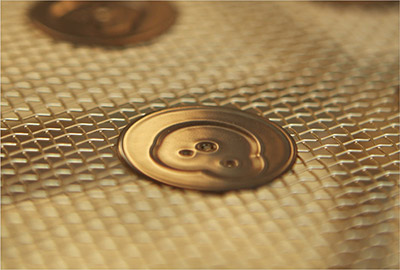 +
+
When making the enamel glaze for the dial, even a slight shift in the composition ratio of the various glass compounds can drastically alter the end result. A rich knowledge of this process is required to produce an enamel glaze best matched to the use of the final product.
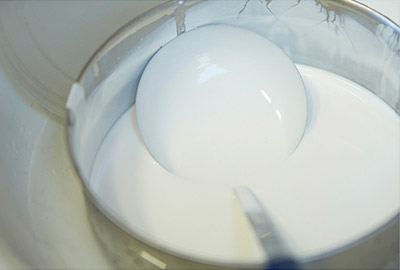 +
+
Once the enamel glaze has been produced, it can then be applied to the dial surface. Because the glaze is highly susceptible to changes in ambient temperature and humidity, Mr. Yokozawa changes the composition according to the weather conditions. Changes in the application process can also result in differences in the finished product, making a knowledgeable and experienced hand all the more important.
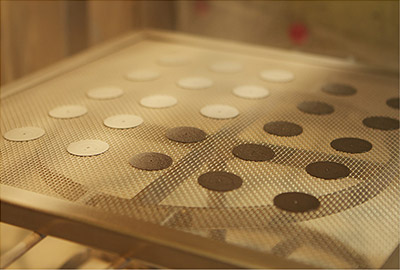 +
+
The enamel-coated dial is then fired in a kiln—with the time and temperature of firing fine tuned in accordance with the weather. In this step, the glass compounds in the glaze are melted down to develop the enamel’s characteristic soft and beautiful texture.
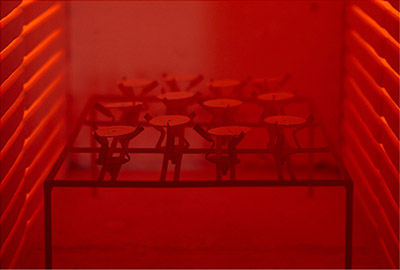 +
+
After firing, the enamel-coated dial is inspected. A thorough examination is conducted to ensure that the enamel has been uniformly applied and is free of any pinhole imperfections. Upon passing inspection, the dial is set to be shipped for use as a watch component.
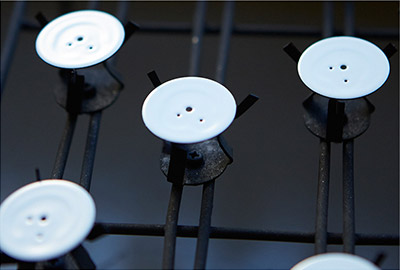 +
+





















